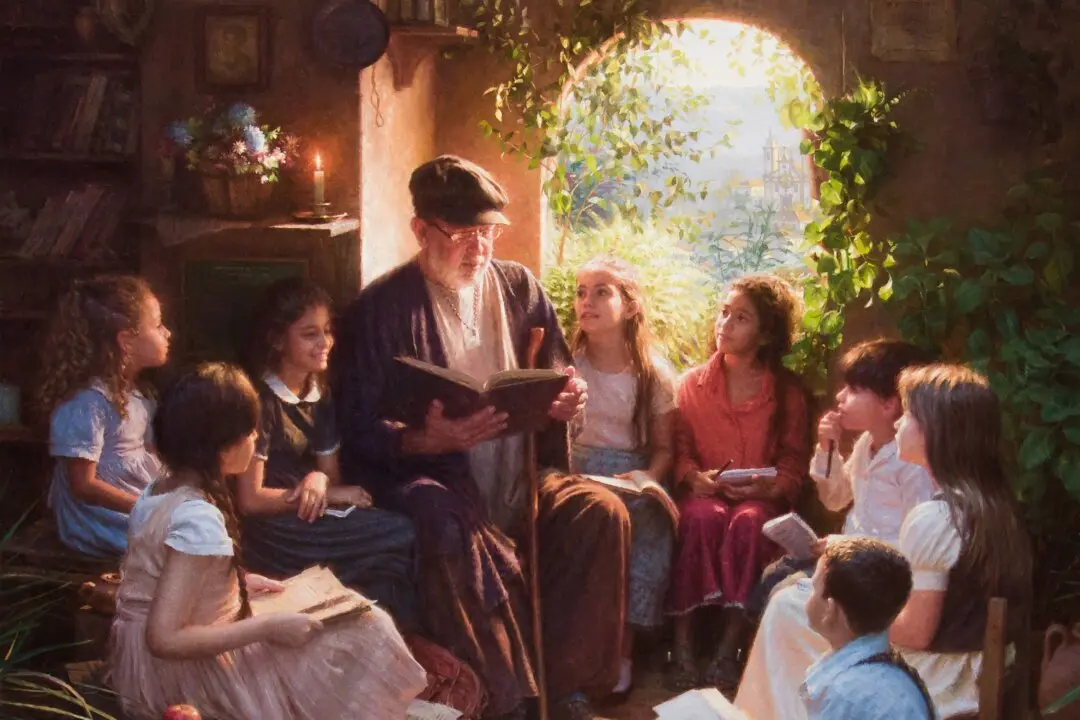Two “noble, imposing” apostles by Domenico Beccafumi first introduced Naoko Takahatake, the curator of prints and drawings at the Los Angeles County Museum of Art (LACMA), to the rare art of Italian chiaroscuro, a type of early color printmaking. At the time, she could not have guessed that it would take her the next decade to research the genre.
Takahatake had seen Beccafumi’s apostles as a graduate curatorial intern, assisting the curator of old master prints, Peter Parshall, with his 2007 exhibition “The Baroque Woodcut” at the National Gallery of Art in Washington (NGA). She was struck by the “bold draftsmanship, sumptuous color, and dramatic chiaroscuro [light and shade]” in Beccafumi’s apostles, she wrote in an email. And she “was immediately captivated by the beauty and technical virtuosity of these complex prints, and fascinated by the great many variations that could exist among impressions of a single chiaroscuro.”






